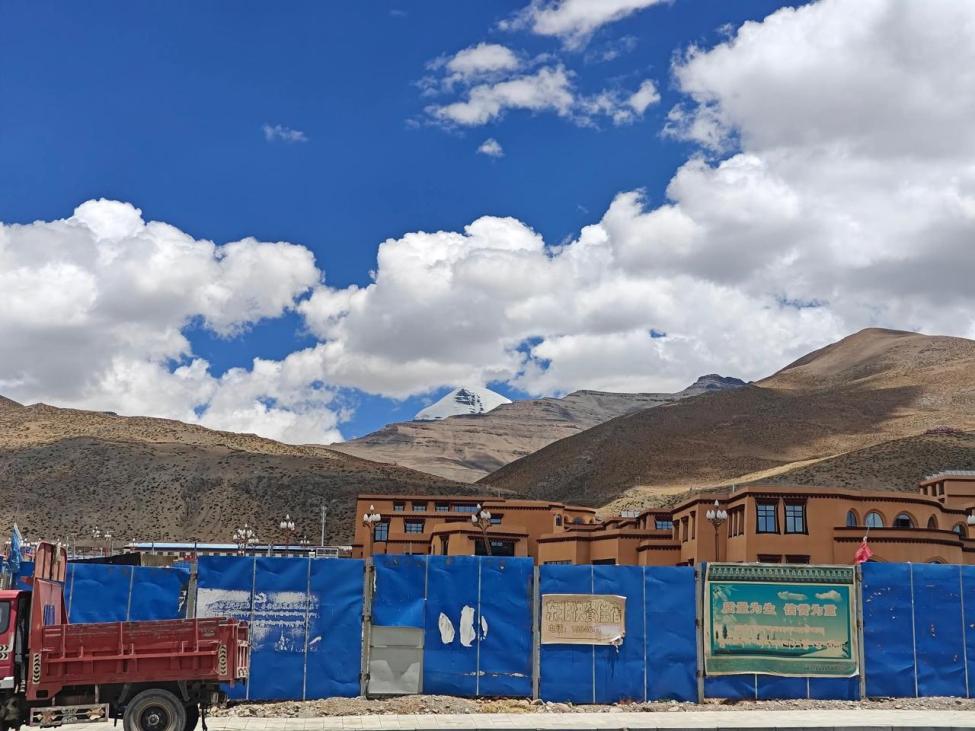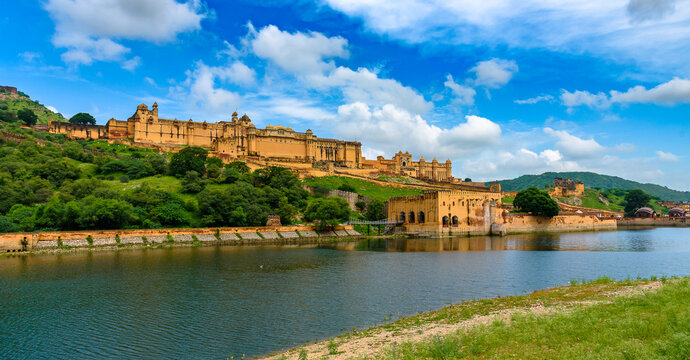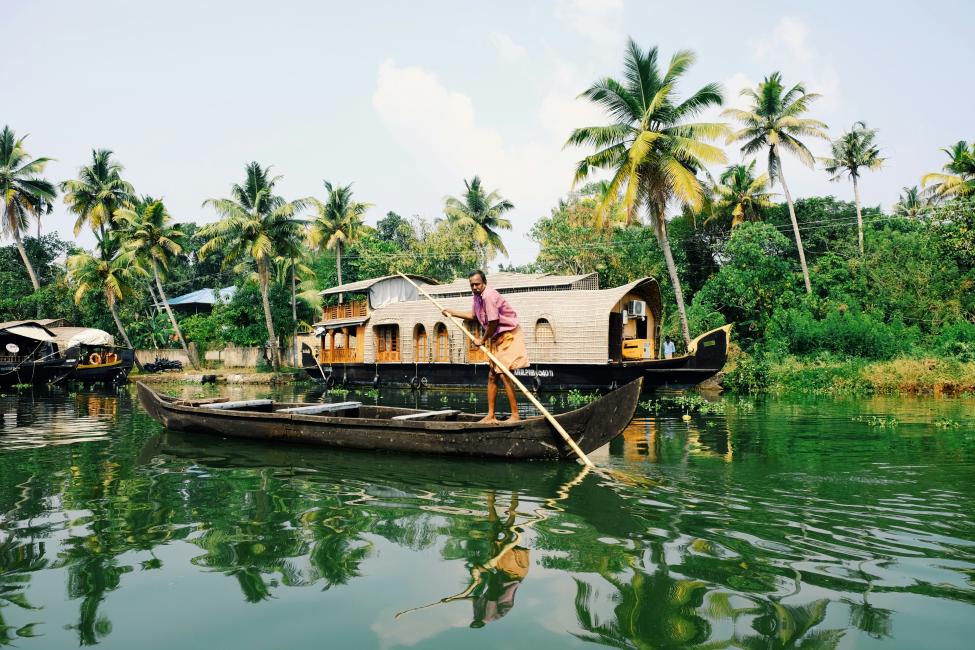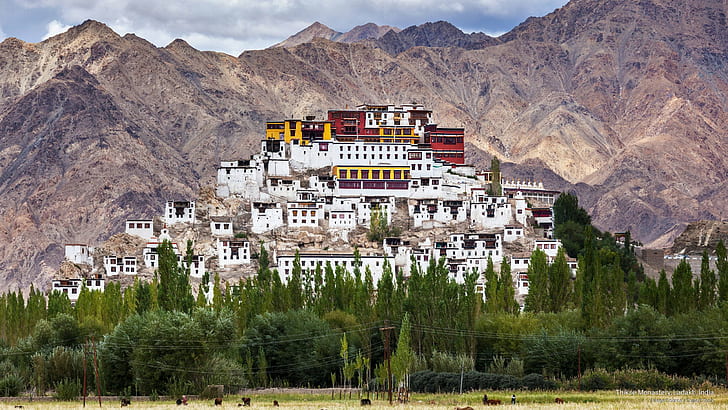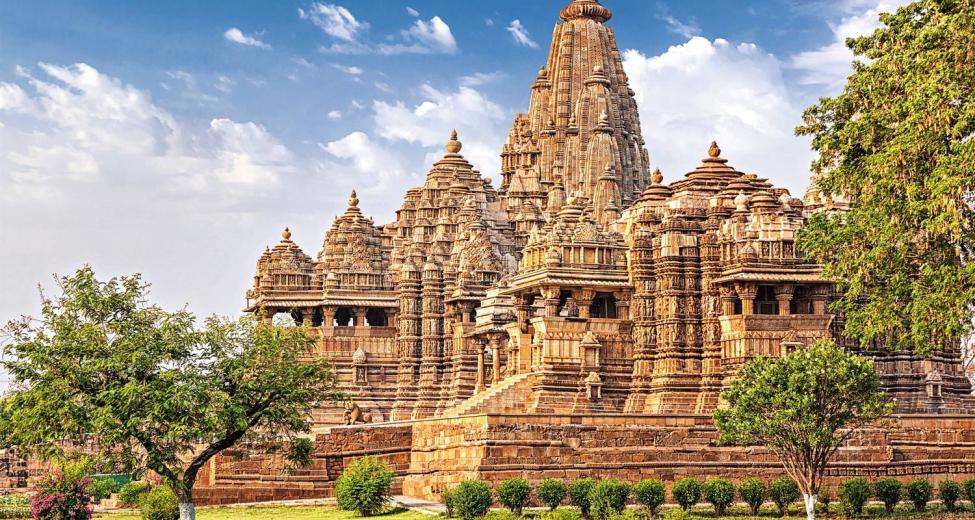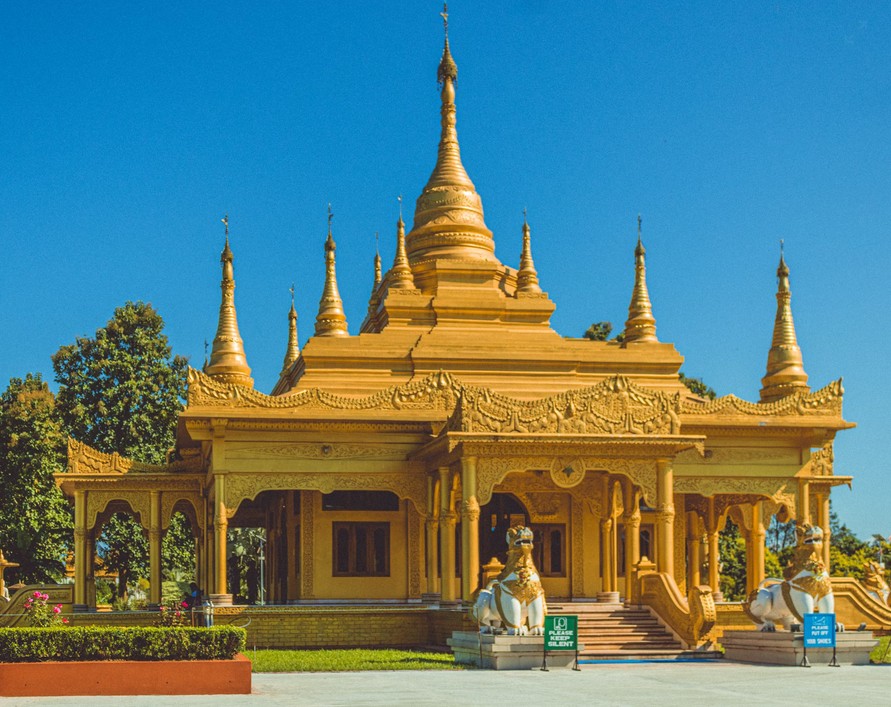 Safdarjung Tomb, Delhi
Safdarjung Tomb, Delhi
Safdarjung Tomb Delhi - History, Timings & Travel Guide
Safdarjung Tomb in Delhi, built in 1754, is the last grand Mughal-style garden tomb. With its red sandstone, white marble dome, and peaceful Charbagh gardens, it’s a beautiful blend of history, architecture, and tranquility - perfect for travelers seeking a quiet escape in the city.
Safdarjung Tomb - Delhi
Safdarjung Tomb in Delhi is a beautiful garden tomb and one of the last great examples of Mughal architecture. Built in 1754 for Safdarjung, the powerful Prime Minister of the Mughal Empire, this monument reflects a blend of grandeur and fading Mughal glory.
The tomb was commissioned by Shuja-ud-Daula, Safdarjung’s son, as a tribute to his father. Often called the “last flicker of Mughal architecture”, the tomb showcases a mix of red sandstone and white marble, surrounded by a classic Charbagh-style garden.
The structure is set in the middle of a sprawling garden, divided into four parts with water canals, symbolizing paradise in Mughal design. The central dome, arched gateways, and intricate decorative patterns make it a striking example of Mughal-era artistry.
Inside, you’ll find the main mausoleum chamber, with pathways leading to smaller pavilions like Jangli Mahal (Palace in the Woods), Moti Mahal (Pearl Palace), and Badshah Pasand (King’s Favorite).
Safdarjung Tomb is less crowded than Delhi’s other Mughal monuments, which makes it peaceful to explore. The gardens are perfect for photography, quiet walks, or just soaking in history away from the city’s chaos.
Best Time to Visit: October to March is ideal for exploring the gardens without the summer heat. Early mornings are especially peaceful.
How to Reach:
- By Metro: Nearest station is Jor Bagh (Yellow Line), just a short walk away.
- By Bus/Auto: DTC buses and auto-rickshaws connect it easily to central and south Delhi.
- By Car: Limited parking is available nearby.
Entry Fee:
- ₹25 for Indian citizens
- ₹300 for foreign nationals
- Children under 15 enter free
- Book Online Ticket,
Travel Tip: Bring a camera with a zoom lens -the play of light on the dome and the symmetry of the water channels make for stunning photographs.

 Rukmini Devi Temple - The Sacred..
Rukmini Devi Temple - The Sacred.. Rajwada Palace, Indore - A Timel..
Rajwada Palace, Indore - A Timel.. Red Fort Delhi, The Historical a..
Red Fort Delhi, The Historical a.. Takhteshwar Temple, Bhavnagar - ..
Takhteshwar Temple, Bhavnagar - .. Diu: The Island of Serenity and ..
Diu: The Island of Serenity and .. Connaught Place Delhi - Shopping..
Connaught Place Delhi - Shopping.. Mathura & Vrindavan Travel Guide..
Mathura & Vrindavan Travel Guide.. Hemkund Sahib Uttarakhand | Trek..
Hemkund Sahib Uttarakhand | Trek.. Chandi Devi Temple Haridwar | Co..
Chandi Devi Temple Haridwar | Co.. Bhujodi Village - The Handicraft..
Bhujodi Village - The Handicraft.. Trimbakeshwar Jyotirlinga - The ..
Trimbakeshwar Jyotirlinga - The .. Rajasthan - The Land of Kings an..
Rajasthan - The Land of Kings an.. Amritsar: The Soul of Punjab Whe..
Amritsar: The Soul of Punjab Whe.. Kaba Gandhi No Delo - The Ancest..
Kaba Gandhi No Delo - The Ancest.. Indosan Nippon Japanese Temple, ..
Indosan Nippon Japanese Temple, ..

